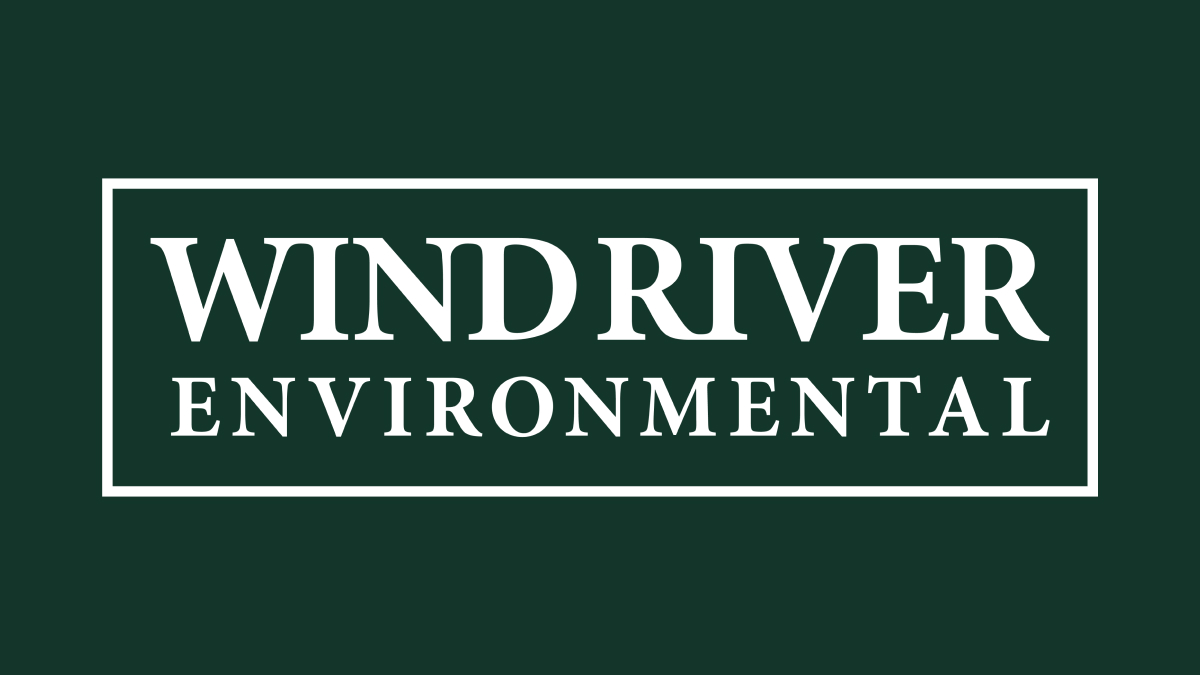What is a Catch Basin?
Catch basins are holes in the ground that "catch" the rainfall or drains excess water runoff from your business location. A catch basin drainage system should be found usually within a curb by the street. The main goal is to keep pollutants, such as trash and debris, out of the local water supply. If a catch basin becomes backed up it can cause environmental safety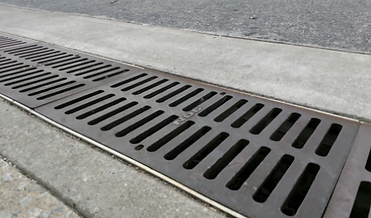 hazards.
hazards.
When functioning correctly, the water comes in, the sediment settles to the bottom of the catch basin, the water then reaches a certain volume where it hits the pipe, then it begins to drain into the pipe which connects to the main storm sewer line and then off to the main inlet.
What is the difference between catch basin, storm drains, and storm sewers?
Catch basins, storm sewers, and storm drains can be used interchangeably in everyday conversations. Most people have never even heard of catch basin and typically call them storm drains or storm sewers. This is usually fine when just talking with a normal person on the street but if you're referring to a commercial asphalt project, that's when more specificity is required.
Storm drains are a type of catch basin but are typically located along the sides of the roads and deal exclusively with storm runoff. Storm sewers are the systems that carry the water away.
So, catch basins are parts of storm drains and both are parts of a storm sewer system.
The catch basin is made from a combination of steel and precast concrete or porcelain. It's connected up the storm sewer system by a series of pitched pipes. The pipe connecting the catch basin to the storm sewer system is typically halfway up in the catch basin.
How often should you have your catch basin cleaned?
Preventative maintenance should be performed at least once a year but the frequency might need to be increased depending on how much rain and debris gets into it throughout the year. Especially in Florida where rain is so common, it is essential to keep the catch basins in perfect condition to avoid potentially dangerous hazards. Cleaning is also recommended after leaves have fallen off the trees.
To determine how much material has accumulated in the storage area of your catch basin, insert a long pipe or broomstick into the storm grate. Pay attention to where the pipe or stick hits the debris and continue to the bottom to estimate the depth of accumulation.
Catch Basin Maintenance
By following a few simple guidelines, the general public and local residents can help ensure catch basins in the communities function properly.
- Clean up any grass clippings, leaves, dirt, or fertilizer left on driveways and sidewalks after performing yard work. Hosing or blowing these materials into the street end up in the catch basin and storm drain, and eventually into local waterways.
- Don't dump chemicals, motor oil, pet waste, empty bottles or cans, soapy water or other liquids and solids down a catch basin or storm drain.
Contact your public works department if you notice standing water near a catch basin or after rainfall, or if you notice a clogged or damaged catch basin.
What to do when a catch basin breaks?
If your catch basin is sinking or deteriorated to the point where it's no longer transferring storm runoff into the storm sewer system, this a big sign that your catch basin is broken. At this point you've essentially got nothing more than a hole in the ground that's collecting rainwater and that's not what you want in a catch basin.
Also, if your catch basin sinks down too much, eventually the connection to the main sewer line is broken. Then it's just going to collect water whenever it rains and just keep collecting it until it overflows. Then when it eventually overflows then it's just going to cause more erosion to the system.
You'll want a comprehensive diagnosis from us before proceeding any further in the repair process, call us today to schedule a CCTV video inspection.
Catch Basin Repair Services
Regular inspections and preventative maintenance can help you identify and fix problems before a catch basin completely deteriorates, but if your catch basin completely stops working, our experienced staff can inspect the source and layout the best way to go about repairing it.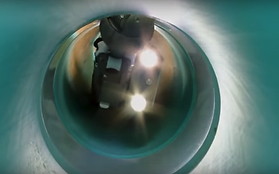
Trenchless pipe repair methods are often associated with sewer repairs, but the same techniques can be used for storm drains too. The process to repair a catch basin system is :
First -- It is important to get an inspection done first to find out the root of the problem so it doesn't wind up being a costly expense by treating the wrong problem first. Video inspection is the most common diagnostic option as it is easy, efficient, and a minimally invasive process.
Second -- With our hydro excavation techniques, special equipment is used to spray pressurized water to remove the blockages and clear the catch basin for optimal flow. It is one of the most effective and minimally invasive ways of cleaning out your storm drains and clear away built up debris.
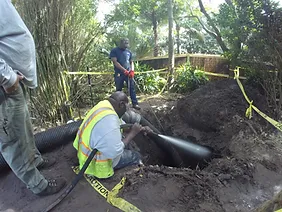
Third -- One of our specialties in cleaning storm lines, is using what is referred to as jet vac cleaning. Our high-powered vacuum trucks can remove excess rain water, leaves, and other debris from catch basin systems to keep the storm sewer system free from build-up.
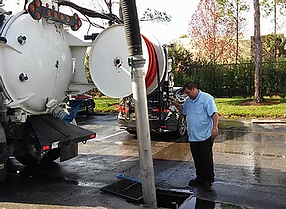
Finally -- Now that the catch basin has been cleared out of all the gunk and we have a repair plan in place, it's time to use our specialty trenchless pipe lining method of cured in place pipe lining, or cipp lining, in order to repair your catch basin with zero digging required. CIPP lining is done to preserve the current pipes that have been damaged by the objects previous mentioned. It increases the lifespan of a storm sewer system up to 100 years while also possibly preserving the building structures and causing little to no damage to the property.
For more information, contact one of our storm drain repair contractors and they will be able to answer all your questions.
Catch Basin Repair Costs
The price of a catch basin repair or replacement is determined by certain factors, so the price can vary greatly depending on how extensive of a repair or replacement is needed. Some of these determining factors include :
- The amount of feet being repaired in the system
- The landscape around the area being repaired
- Whether a permit is needed as well as various other laws
- The complexity of the project
Once the video inspection of the damage is completed we will be able to give you a more accurate estimate of how much the repair will be. Contact Wind River Environmental today, in order to schedule this service and get a free estimate of the repair costs.
Always Hire a Professional
Repairing, cleaning, and maintaining a catch basin in the correct manner requires the proper training, experience, and equipment. It should not be attempted by a non-expert. Although hiring a professional catch basin contractor does cost money, it will end up saving you a significant amount of money, time, and aggravation in the long run.
When you hire our team at Wind River Environmental for your residential and commercial catch basin cleaning needs, you can expect highly skilled and knowledgeable technicians who will quickly complete the drain cleaning process. We are fully licensed, certified by the State of Florida, and are experienced in commercial and residential property needs. Our company is committed to being honest, dependable, and providing quality service to all our customers. We use state-of-the-art equipment that will identify problem areas quickly and clean your drains thoroughly.
Contact us today, to get more information or to schedule a catch basin repair, cleaning, or maintenance service and one of our catch basin technicians would be happy to assist you.



